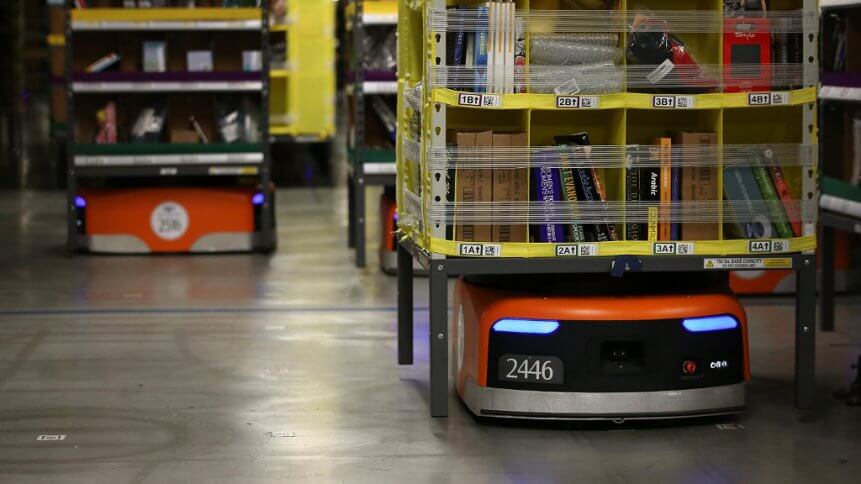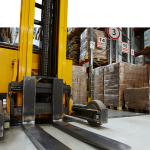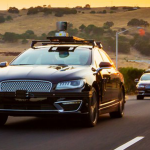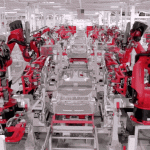Fully automated warehouses are 10 years’ away, says Amazon

The US e-commerce titan is probably the most forthright adopter of warehouse automation technology.
Far from fad factor, investments here play a crucial role in the business’s unmatched efficiency and constantly compressed profit margins in its quest of getting packages to consumers as fast and cheaply as possible.
It’s surprising then that Amazon’s Director of Robotics Fulfillment was so candid about the technology’s current limitations.
Speaking to press, Scott Anderson said that Amazon’s current automation technology is at least 10 years away from fully automating the processing of a single order picked by a human worker inside a warehouse.
YOU MIGHT LIKE

Is Amazon leading the warehouse of the future?
Perpetuated by billions of dollars in robotics investments within the last decade— as well as its more recent interests in autonomous vehicle technology— there’s a common belief that Amazon is on the verge of full autonomy in its warehouses.
As reported by Reuters, during a tour of its Baltimore warehouse, Anderson said this was a “misperception”. The technology required for a robot to pick a single product without damaging other items, or picking multiple products, is not yet advanced enough to truly benefit the company.
“In the current form, the technology is very limited. The technology is very far from the fully automated workstation that we would need,” he said.
As Reuters noted, the statement was made amid another round of flak for the company’s poor warehouse working conditions— in no small part a result of operations becoming increasingly automated and data-led.
Most recently, the company has been dragged for its use of AI productivity tracking tools, which can automatically flag or even fire a worker that isn’t meeting strict productivity goals throughout the day.
In the US, Amazon runs 110 warehouses, 45 sorting centers, and around 50 delivery stations. Meanwhile, it employs 125,000 full-time warehouse workers— the financial logic in automating these sites is clear.
However, its current warehouse automation tech in action is limited to general merchandise handling.
The overseer of the company’s fresh food offerings Amazon Pantry and Amazon Fresh, Derek Jones, for example, notably questioned how a robot would be able to choose a ripe banana to deliver to a consumer.
Instead, Amazon will be continuing to advance the automation of its supply chain elsewhere, most significantly in transportation and delivery.
While fully-automated warehouses may be a long way off for Amazon, demand for robotics elsewhere continues to heat up, promising to accelerate the advancement of this technology in the years to come.
A recent forecast by ABI Research said that by 2025 there could be four million commercial robots across 50,000 warehouses by 2025, against the 4,000 robotic warehouses in operation last year.
“Flexibility and efficiency have become primary differentiators in the e-commerce fulfillment market as retailers and third-party logistics struggle to cope with volatile product demand, seasonal peaks, and rising consumer delivery expectations,” said Nick Finill, Senior Analyst at ABI Research.
“Robots enable warehouses to scale operations up or down as required while offering major efficiency gains and mitigating inherent challenges associated with labor and staffing.”










